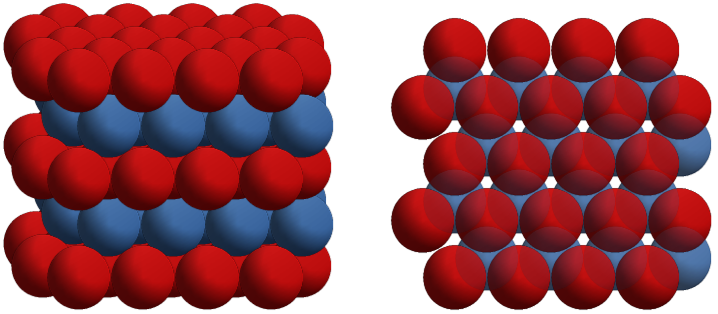

The luster of cave pearls justified their naming back in 1874, but they can also be rather dull.Ĭave pearls are known to occur in numerous caves, but exceptional displays exist in caves in the Guadalupe Mountains, New Mexico. Cave pearls have been compared to marbles, hailstones, cupcakes, cigars, oranges, pigeon’s eggs, balls, and most of all, pearls from whence their name comes. They can range in size from smaller than a sand grain up to eight inches (20 cm) in diameter.

Cave pearls vary in shape they can be spherical, cylindrical, irregular, cubical, or even hexagonal. Clumps of lilies, pale pansies, blanched tulips, drooping fuchsias, sprays of asters, spikes of tube-roses, wax-leaved magnolias-but why exhaust the botanical catalogue? The fancy finds every gem of the green-house and parterre in this crystalline conservatory.Ī fantastic gypsum flower display has also been found in Lechuguilla Cave, Carlsbad Caverns National Park, New Mexico.Ĭave pearls are concentrically banded concretions that form in shallow cave pools.

Floral clusters, bouquets, wreaths, garlands, embellish nearly every foot of the ceiling and walls…. Hovey (Hovey, 1896) must have been quite taken by the gypsum flowers when he saw them in Mammoth Cave in 1896 for he describes them in overtly flowery language:įrom a central stem gracefully curl countless crystals, fibrous and pellucid each tiny crystal is itself a study each fascicle of curved prisms is wonderful and the whole blossom is a miracle of beauty…. Variations in crystal structure produce unique, curved, flowerlike petals.Ĭave flowers have been found in may caves throughout the world. The formation grows from a base rather than a tip like stalactites. The crystal petals of these speleothems radiate out from a common center. Stalagmites can assume a fascinating variety of shapes and people have compared them to broomsticks, totem poles, toadstools, bathtubs, Christmas trees, beehives, coins and buttons, and even fried eggs!Ĭaves are greenhouses for flowers formed of cave minerals, typically gypsum. When the drop hits the floor, carbon dioxide is given off and carbonate material is precipitated as a mound below the point of dripping or, if a noncarbonate mineral, evaporation causes precipitation of mineral material. When a drop of water falls from the ceiling or stalactite, it still has some material left in solution. “That which drops” is the Greek meaning of stalagmites. Stalagmites are usually larger in diameter than the stalactites above them and they generally have rounded tops instead of pointed tips. Hence, they do not have central, hollow tubes like stalactites. Because falling water droplets tend to splash, stalagmites spread out as they gradually build up from the floor. Stalagmites are convex floor deposits built up by water dripping from an overhead stalactite or from the cave ceiling. Stalagmites found in Lechuguilla Cave, Carlsbad Caverns National Park. It is not surprising, then, that the word stalactite is Greek for “oozing out in drops.” As drop after drop follows a similar path, an infinitesimal trace of material is left behind, and a hollow tube is created and eventually enlarged, as long as water continues to drip.

When the drop falls to the floor, this film is left on the ceiling as a round rim of material-the initial growth ring of a soda straw (Hill, 1997). This causes the film of material to move up toward the ceiling and to adhere there by surface tension. As the drop accumulates more water and becomes heavier, it begins to oscillate. Similarly with evaporation in arid cave environments, a thin film of sulfate or other noncarbonate material precipitates over the surface of the drop. With the loss of carbon dioxide, a thin film of carbonate material precipitates and covers the surface of the drop. At first a water droplet collects on the cave ceiling by condensation or by water coming through a fracture in the rock. All stalactites, whatever their composition, begin their growth as hollow soda straws. Stalactites are usually composed of calcite, but they may consist of other minerals. Stalactites range in size from small, slender, soda straws to thick, massive pendants tens of feet long and wide. Stalactites are the most common and most familiar of all speleothems they resemble icicles or carrots hanging from cave ceilings. Stalactites and soda straws in Carlsbad Cavern, Carlsbad Caverns National Park.


 0 kommentar(er)
0 kommentar(er)
